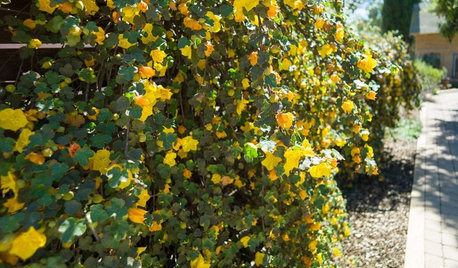When and how to prune raspberries?
linnea56 (zone 5b Chicago)
10 years ago
Featured Answer
Comments (10)
ericwi
10 years agoRelated Professionals
Norfolk Landscape Architects & Landscape Designers · Erie Landscape Architects & Landscape Designers · Harrison Landscape Architects & Landscape Designers · Gainesville Landscape Contractors · Manchester Landscape Contractors · Surprise Landscape Contractors · Columbine Landscape Contractors · Hampton Bays Landscape Contractors · Hilton Head Island Landscape Contractors · Kerman Landscape Contractors · Mequon Landscape Contractors · Norwalk Landscape Contractors · Peachtree City Landscape Contractors · St. Louis Landscape Contractors · Vadnais Heights Landscape Contractorslinnea56 (zone 5b Chicago)
10 years agoCharlie
10 years agodrew51 SE MI Z5b/6a
10 years agoflorauk
10 years agodrew51 SE MI Z5b/6a
10 years agoflorauk
10 years agodrew51 SE MI Z5b/6a
10 years agoflorauk
10 years ago
Related Stories

GARDENING GUIDESGot Frost-Damaged Plants? How It Happens, and When and How to Prune
Crispy brown leaves are a sure sign that Jack Frost has been to your neighborhood
Full Story
GARDENING GUIDESHow to Prune Your Flowering Shrubs for the Best Blooms
Less is often more when it comes to properly pruning flowering shrubs. Here’s what to do and why
Full Story
GARDENING GUIDESTidy Up Sprawling Native Shrubs With These Pruning Tips
Sound horticultural pruning methods work for native and nonnative plants alike
Full Story
WINTER GARDENINGPruning Secrets for Exquisite Roses
Encourage gorgeous blooms year after year with this time-tested advice on how to prune your rosebush in winter for health and shape
Full Story
PINKLoving Color: Enjoy the Sweet Taste of Raspberry
Try this confident pink for bold color all over, or step into it lightly with just the right raspberry accent
Full Story
YELLOWHot Summer Color Combo: Lemon and Raspberry Sorbet
Dripping with good taste and a lively attitude, rooms swathed in sorbet yellow and raspberry are delicious looking in summer
Full Story
COLORBathed in Color: When to Use Pink in the Bath
Even a sophisticated master bath deserves a rosy outlook. Here's how to do pink with a grown-up edge
Full Story
GARDENING GUIDESWhen and How to Plant a Tree, and Why You Should
Trees add beauty while benefiting the environment. Learn the right way to plant one
Full Story
DECORATING GUIDESColor Feast: When to Use Purple in the Dining Room
Decadent and different, purples from lavender to plum can make a dining area a treat for the eyes
Full Story
CONTAINER GARDENSContainer Garden Basics: How and When to Water Potted Plants
Confused about soil moisture, the best time to water and what watering device to use? This guide can help
Full Story







drew51 SE MI Z5b/6a